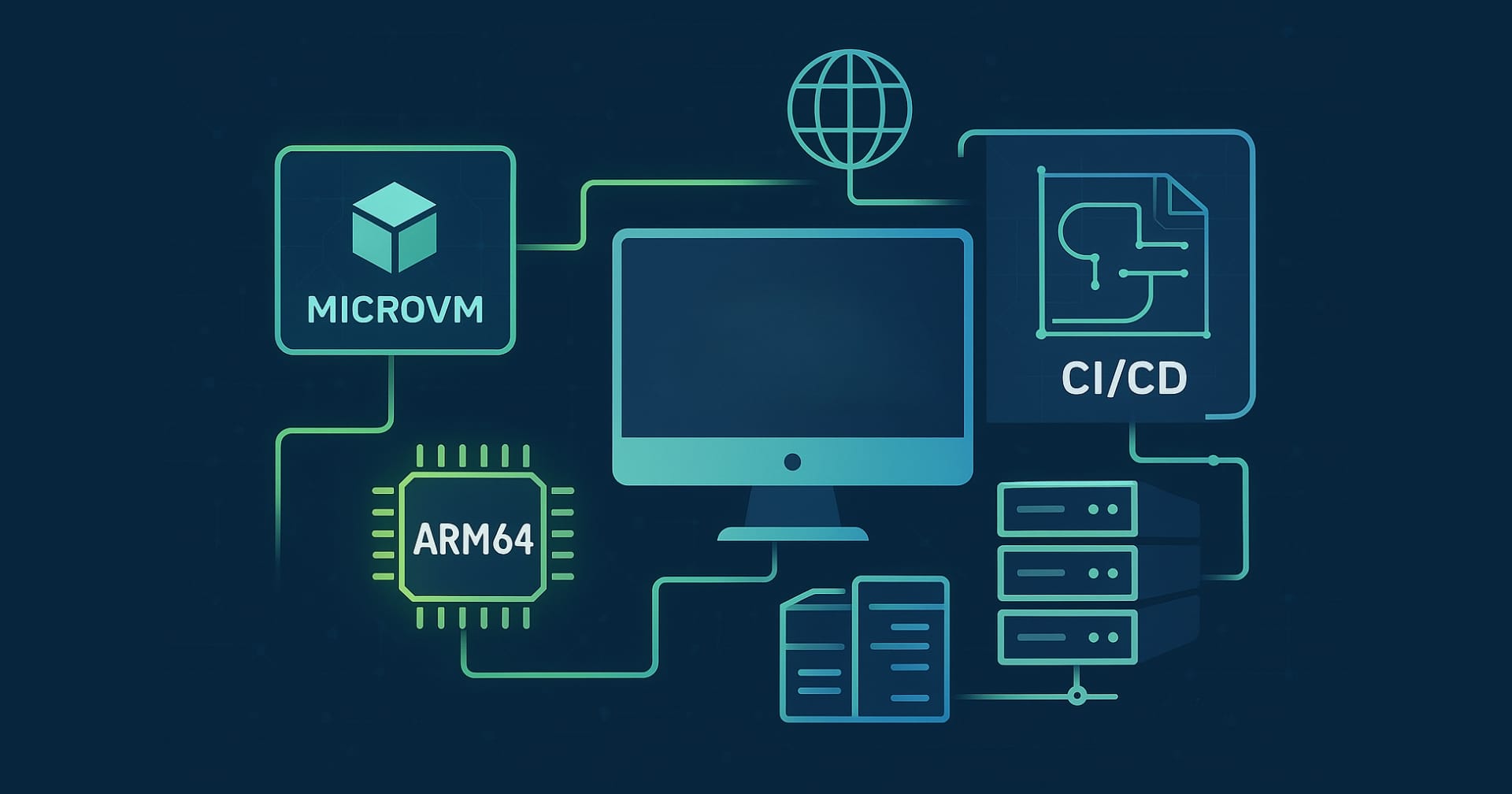Mubien's YouTube Shopping: Art Direction & Motion Design
Original Source: https://abduzeedo.com/mubiens-youtube-shopping-art-direction-motion-design
Mubien’s YouTube Shopping: Art Direction & Motion Design
abduzeedo
05/18 — 2025
Mubien’s art direction & motion design for YouTube Shopping. See their vibrant, playful 3D visual system in action.
Ever wondered how a giant like YouTube keeps its new ventures feeling fresh and genuinely engaging for its audience? It’s often down to sharp branding and smart design. Take YouTube Shopping, their affiliate program helping creators and brands earn by sharing products their audience will love. To bring its visual identity to life, particularly for key events like the ‘Holiday House’ creator gathering, YouTube turned to the creative studio Mubien.
Crafting a Dynamic Brand Experience
Mubien was tasked with a comprehensive design challenge: to produce a wide range of materials, including a main presentation and several key motion pieces. The core mission was to capture the spirit of the YouTube Shopping brand while layering in a fresh, dynamic feel. Ultimately, the aim was to shape an engaging visual system that would elevate the content and make the overall experience more memorable and fun for everyone involved.
Art Direction: Vibrant, Playful, and 3D
So, how did Mubien approach this? Their art direction skillfully blended 3D elements, a vibrant color palette, and playful icons. This strategy created a visual language that is both sophisticated and approachable. The team, including Art Directors Daniel Iglesias, Javier Ochoa, and Carlos Almagro, developed a system that feels cohesive and energetic.
(Image Suggestion: A collage featuring the stage design from page 3, the name badges and stickers from page 4, and the keychain on page 7.)
You can see this design philosophy in action across multiple touchpoints. The stage design for presentations is clean and modern, using soft lighting and the prominent YouTube Shopping logo to create an inviting atmosphere. The attention to detail shines in items like event name badges, featuring clear typography for names like “Park Hye-min MAKEUP ARTIST” and friendly icons like a heart or shopping bag, all attached to striking red lanyards.
Even laptop stickers with slogans like “Shop. Watch. Connect.” and distinct, colorful icons were part of the branding suite, making the brand tangible and shareable. A product interface mock-up, showcasing a bright blue kettlebell with a clear “-20%” discount, demonstrates how this visual style translates effectively to the user experience itself. These elements, often featuring energetic reds, teals, and yellows, consistently reinforce the YouTube Shopping identity.
Motion Design: Bringing Icons and Ideas to Life
While strong art direction sets the stage, motion design is what truly injects dynamism. The motion work, led by Daniel Iglesias and Paula Iglesias, was pivotal in adding that “fresh, dynamic layer” to the YouTube Shopping brand.
(Image Suggestion: The motion graphics still from the screen on page 5. If possible, an animated GIF showcasing these types of animations would be even better.)
Imagine those playful icons and 3D shapes—hearts, shopping bags, stars, and smileys—not just as static images, but animating, bouncing, and transitioning smoothly. The visuals captured on the large screen in the provided materials give us a glimpse of this lively approach, with icons appearing to float and interact in a 3D space. These motion pieces were undoubtedly key to making presentations and informational content far more captivating than traditional static displays. For an event like ‘Holiday House,’ where creators explore new program features, such engaging motion design helps to simplify complex information and build excitement.
A Cohesive System Across All Touchpoints
The strength of Mubien’s work lies in its consistency. The visual system wasn’t confined to event materials or internal presentations; it was designed to extend outward. An outdoor advertisement mock-up proclaiming, “Shop the Trends. Straight from YouTube,” perfectly captures the brand’s direct and contemporary appeal, utilizing the established visual cues and a friendly, relatable face.
This cohesive approach, evident from large-scale stage graphics down to small branded items like keychains [Page 7] and extending to public-facing ads, is what builds a robust and memorable brand identity. Mubien, working alongside agencies Workshop Built and Wildcatter LA, successfully forged a visual world for YouTube Shopping. It feels inherently part of the YouTube ecosystem yet refreshingly distinct.
Design That Connects
What can we take away from this? Mubien’s project for YouTube Shopping is a fantastic illustration of how considered art direction and purposeful motion design can transform a program into an experience. The blend of vibrant colors, tactile 3D elements, and universally friendly icons, all animated with a light touch, makes the concept of shopping on YouTube feel accessible and exciting. It’s a reminder that thoughtful design creates connections, simplifies messages, and ultimately, makes interactions more enjoyable.
Want to see more of their thoughtful design solutions?
Explore the full project and more from Mubien at: https://mubien.com/portfolio/youtube-shopping/
Art direction and motion design artifacts















